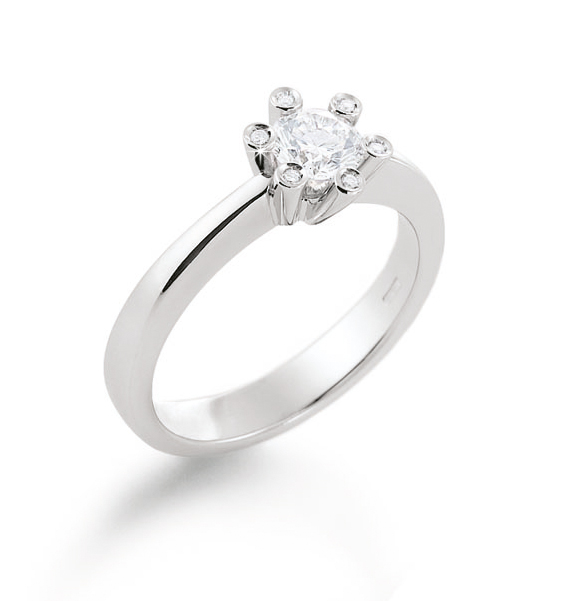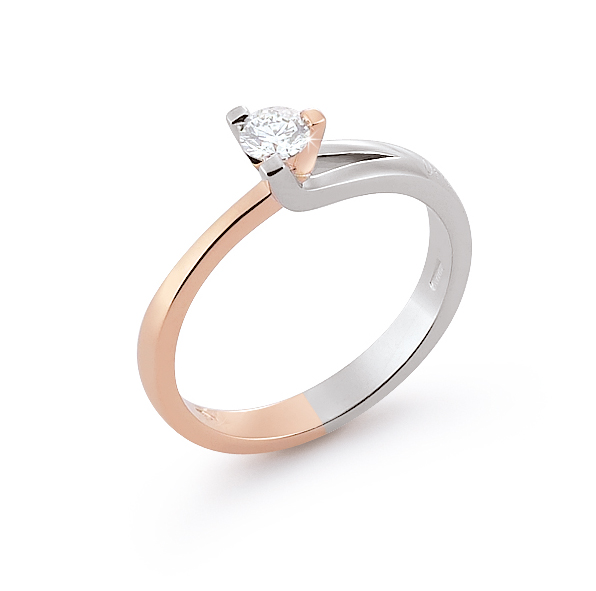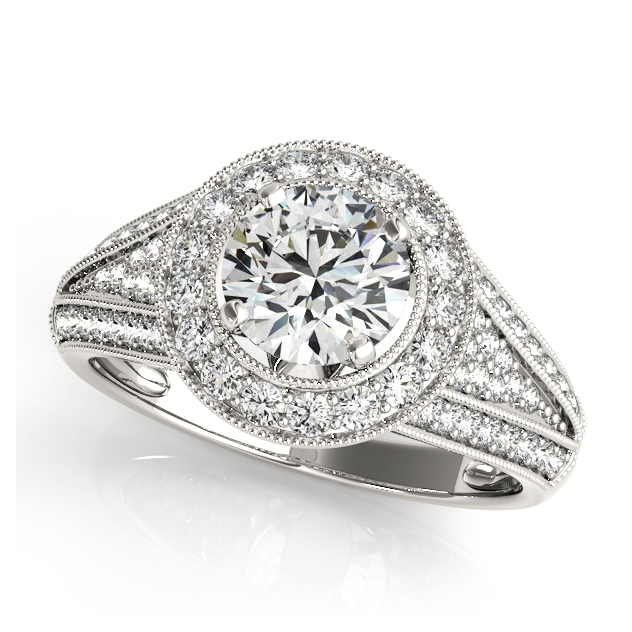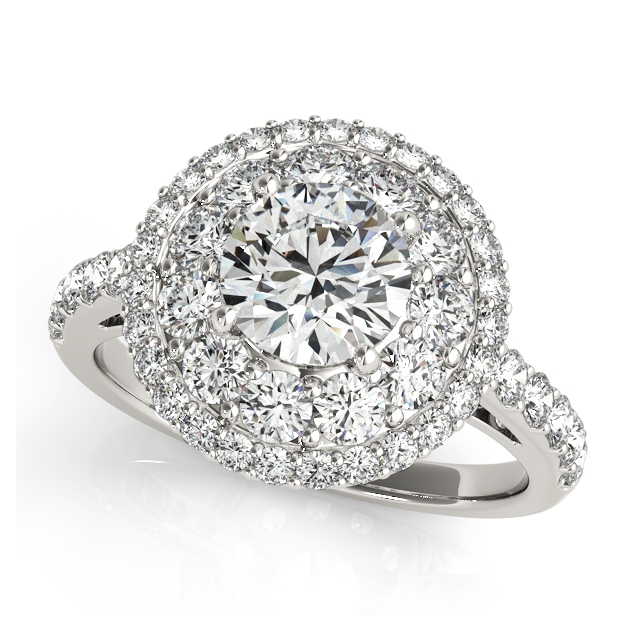- Free Shipping Over $75
- Easy 30-day returns
- Craftsmanship
- Signature Diamonds
- 360 Degrees
- Settings
Prong Engagement Rings - A Diamond's Journey to a Proposal
Prong Engagement Rings - A Diamond's Journey to a Proposal
Discover How Prongs Revolutionized Diamond Engagement RingsProng engagement rings have unquestionably rendered a transformation of the impossible, in the context of diamond settings. Relatively inexpensive and production friendly, prongs originated as claws in the 1800s, when the first six-claw solitaire diamond engagement ring was created. At that time, claws were significantly heavier, bulkier and had limited functionality. Today’s prongs are elegant, versatile and are used to create engagement ring designs that we could not even envision in the 1800s. For example, creating split shank engagement rings, diamond infinity settings and intricate vintage settings with claws posed significant challenges. The bulky, heavy and inflexible nature of the claws would make it difficult to position small claws along the shank and set melee diamonds. Today’s thinner, more flexible prongs enable us to easily bend and manipulate them as needed on the front and back ends, to set diamonds of all sizes. Modern Prong Settings - Solitaire Engagement RingsThe most common prong settings consist of two, three, four or six prongs, holding the diamond in place. While modern prongs are versatile, on the back-end they are strategically positioned within the diamond setting to accommodate a specific diamond size range. In other words, a setting produced to hold one-point side stones and a 6mm (one carat) round cut center, will be able to accommodate roughly these stones. This setting will likely fit a 0.95-1.05 carat round cut center diamond, as the prongs can be bent, but a diamond outside of this size range will require a new setting, with the properly aligned positioning of the prongs. Thus, while prongs do render a certain degree of flexibility in the design, it is important to stay within the recommended size range to ensure that the diamonds can be properly set. A similar rule of thumb applies to side stones and accent stones, where we ensure the proper prong positioning in production that will render a durable final diamond engagement ring. The Modern Version of the Historic Six-Claw Solitaire Diamond Engagement Ring The modern six-prong solitaire engagement ring symbolizes historic significance - a modern movement that propelled diamond settings into the extraordinary, as we know them today. While the six prongs featured in the above referenced diamond setting are light years away from the claws of the 1800s, this engagement ring pays respect to the found fathers who made it possible. The Three Prong Diamond Setting Much like the six prong setting, the three prong setting is relatively rare, and is only optimal in certain limited diamond engagement rings. Because four prongs will hold a diamond in place more securely, three prong settings are mainly used with overlapping prongs, found in side stones, or in solitaire settings without side stones. This design features a two tone 18k white and rose gold setting, boasting only one round brilliant diamond. The three larger prongs secure the diamond in place. This contemporary engagement ring is produced in Italy, and the white gold - rose gold combination adds a modern twist to the already beautiful diamond setting. Modern Prongs in Vintage Engagement Rings The advancement in technology and the modern diamond prongs have also enabled us to transform vintage engagement rings into a complex, elaborate array of designs, produced with the intention of satisfying the more sophisticated aesthetic expectations. This side stone vintage masterpiece contains 68 round brilliant diamonds, including the center stone. The extra wide shank has round cut side stones, set along the majority of the shank in overlapping four-prong diamond settings. The milgrain and light filigree also contribute in giving this diamond engagement ring a vintage feel. Can you imagine producing this diamond setting with claws from the 1800s? Modern Diamond Engagement Rings with Prong Settings Not only have modern prongs enabled us to integrate a higher level of complexity in solitaire and vintage settings, but modern engagement rings are enjoying similar aesthetic transformations. The round cut double halo diamond engagement ring, shown here, contains 41 round cut diamonds. The main, center diamond, is set in a four prong setting. The additional diamond within the halo, as well as side stones, are also set in smaller and overlapping four prong diamond settings. It is thanks to the flexibility of the modern prongs that we can now produce this double halo with as few or many stones as the buyer wishes. Prong Engagement Rings Continue to Make HistoryThe smaller size and greater versatility of modern prongs have enabled us to leverage creativity and produce diamond engagement rings designs that were previously incomprehensible. Add the modern CAD casting technology, and today’s prong engagement rings represent many centuries of history in the way of antique, vintage, Art Deco, modern, contemporary and other engagement ring settings that have only become achievable in the modern era. Prong engagement rings give us the flexibility to set diamonds, gemstones, cz, as well as less common stones. Don’t forget to explore other options, such as the bezel, but for now the prong remains the king of modern diamond settings. |












